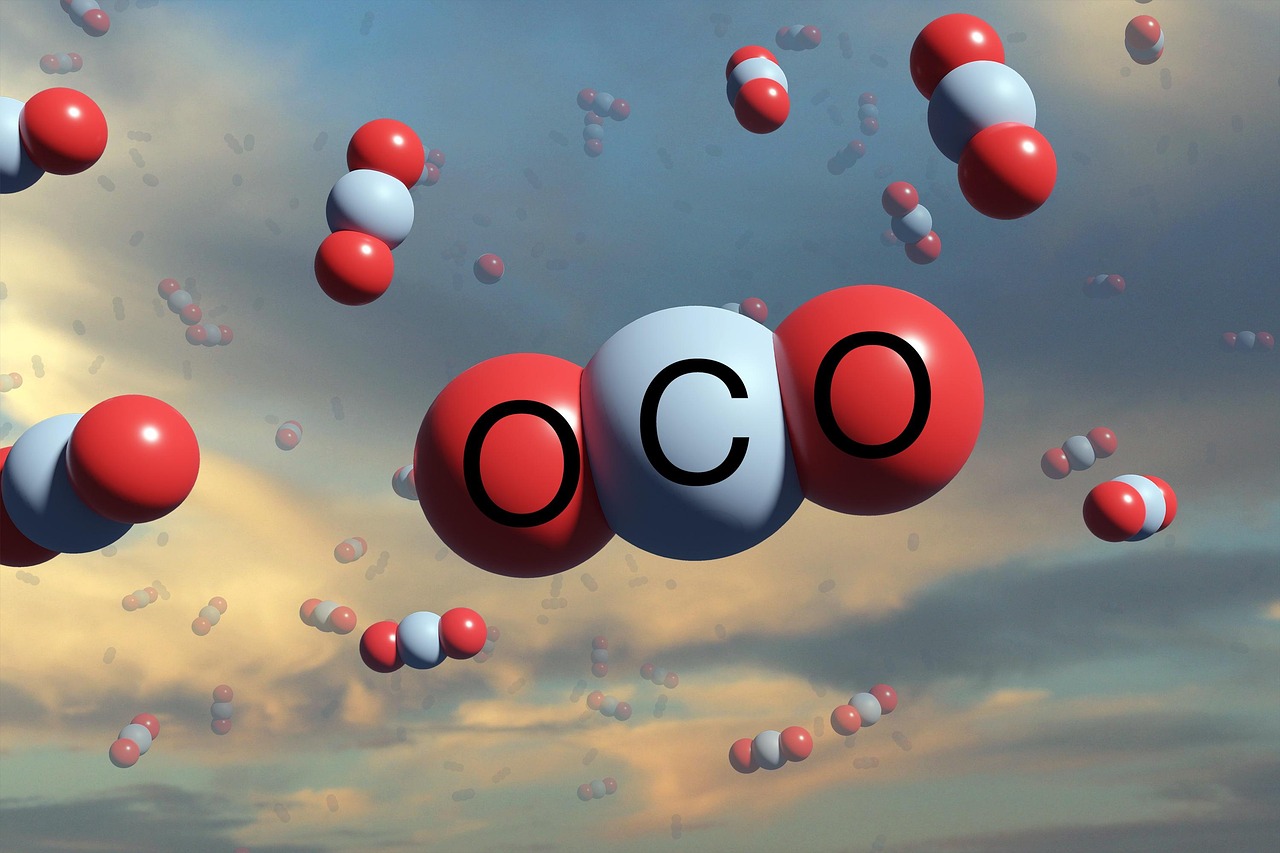Image by Malte Reimold from Pixabay
The Carbon Conundrum
Carbon dioxide (CO₂) emissions are a leading cause of global climate change. The construction industry, responsible for a large share of those emissions, traditionally relies on energy-intensive materials like concrete and steel. These processes release massive amounts of CO₂, further exacerbating environmental issues.
A Groundbreaking Solution
Scientists at the University of Michigan have unveiled an innovative method to convert CO₂ into solid materials known as metal oxalates. These carbon-rich compounds offer a sustainable alternative for construction, potentially transforming carbon pollution into a valuable building resource.
Turning Emissions into Materials
Rather than letting CO₂ pollute the air, this new process chemically captures it and transforms it into a solid, stable form. The result: materials that could be incorporated directly into the construction industry, significantly lowering its carbon footprint.
How It Works
Low-Lead Conversion Process
The technique involves a low-lead electrochemical process that reacts with CO₂ to form solid oxalates. This approach operates under controlled conditions and produces materials that are stable, safe, and versatile for building applications.
Carbon Locked Into Structures
Once integrated into building materials, the captured carbon remains locked away for decades, effectively turning buildings into long-term carbon sinks and contributing to atmospheric CO₂ reduction.
Implications for Sustainable Construction
A Double Win for the Environment
This breakthrough serves two purposes: it helps mitigate the growing carbon crisis and provides the construction industry with greener alternatives. Using carbon-based materials could one day become the standard for eco-conscious development.
Challenges to Overcome
While the potential is enormous, scalability remains a key challenge. Researchers are working on refining the process for large-scale industrial use, and investment will be crucial to take this innovation mainstream.
Looking Ahead
Could Carbon Become the Building Block of the Future?
Imagine a world where the very buildings we live in help heal the planet. As research progresses, this vision inches closer to reality. The path to greener cities might just be paved with carbon.
Stay Curious
How else might CO₂ be repurposed to tackle climate change? Follow us at DailySciTech.com for more insights into the science shaping tomorrow’s world.
Reference: “Selective Electrochemical Reduction of CO2 to Metal Oxalates in Nonaqueous Solutions Using Trace Metal Pb on Carbon Supports Enhanced by a Tailored Microenvironment” by Rowan S. Brower, Brian Wuille Bille, Shawn Chiu, Joseph T. Perryman, Libo Yao, Faridat O. Agboola, Cocoro A. Nagasaka, Yinuo Xie, Richard Gomez-Caballero, Ankita Kumari, Elizabeth K. Neumann, Anastassia N. Alexandrova, Charles C. L. McCrory and Jesus M. Velázquez, 19 May 2025, Advanced Energy Materials.
DOI: 10.1002/aenm.202501286
Daily science news 2025, Best science blogs 2025, New science research 2025, Popular science articles, Latest science news 2025










